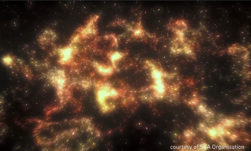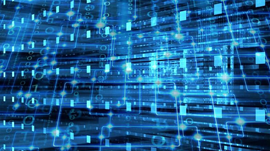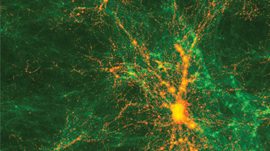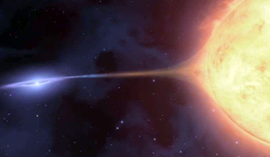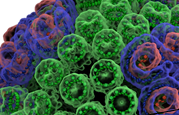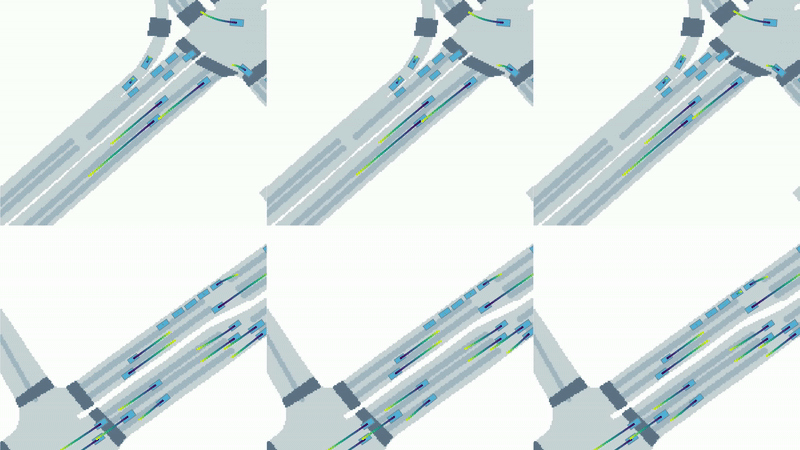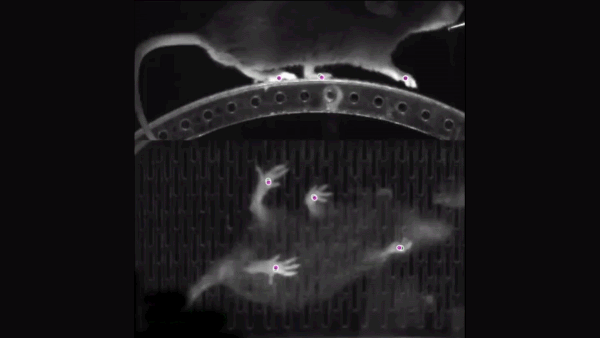Scientists from the Wisconsin IceCube Particle Astrophysics Center are using ray tracing on NVIDIA GPUs to accelerate simulations of subatomic particles by hundreds of times.
Using NVIDIA RTX GPUs in a subsystem of the Texas Advanced Computing Center’s Frontera supercomputer, the researchers can calculate the path of light as it travels through a one cubic kilometer block of ice at Antarctica’s IceCube Neutrino Observatory.
They’re analyzing neutrinos, tiny particles created by cosmic rays that interact with Earth’s atmosphere. The ice block, located at the Amundsen-Scott South Pole Station, is rigged with sensors over a thousand feet under the surface, which transform signals from neutrino interactions into digital data.
“Based on the analysis, researchers are also able to determine where in the sky the particle came from, its energy, and sometimes, what type of neutrino — electron, muon or tau — it was,” said James Madson, executive director at IceCube.
The researchers are especially interested in neutrino events, or spikes in activity that can be traced to high-energy cosmic events billions of light years away. But these analyses require significant computational resources, making the IceCube team among the largest users of the Frontera GPU subsystem.
To better understand how neutrinos travel through the observatory’s ice block, the scientists use GPU-accelerated ray tracing to simulate how light propagates through the ice, tracking high-energy particles that are produced when neutrinos interact. Defects in the ice can cause the light to scatter or be absorbed, making it harder to analyze.
“Large scale simulations of the IceCube facility and the data it creates allow us to rapidly and accurately determine the properties of these neutrinos, which in turn exposes the physics of the most energetic events in the universe,” said Niall Gaffney, director of data intensive computing at the Texas Advanced Computing Center. “This is key to validating the fundamental quantum-mechanical physics in environments that cannot be practically replicated on earth.”
Read more from the Texas Advanced Computing Center >>

